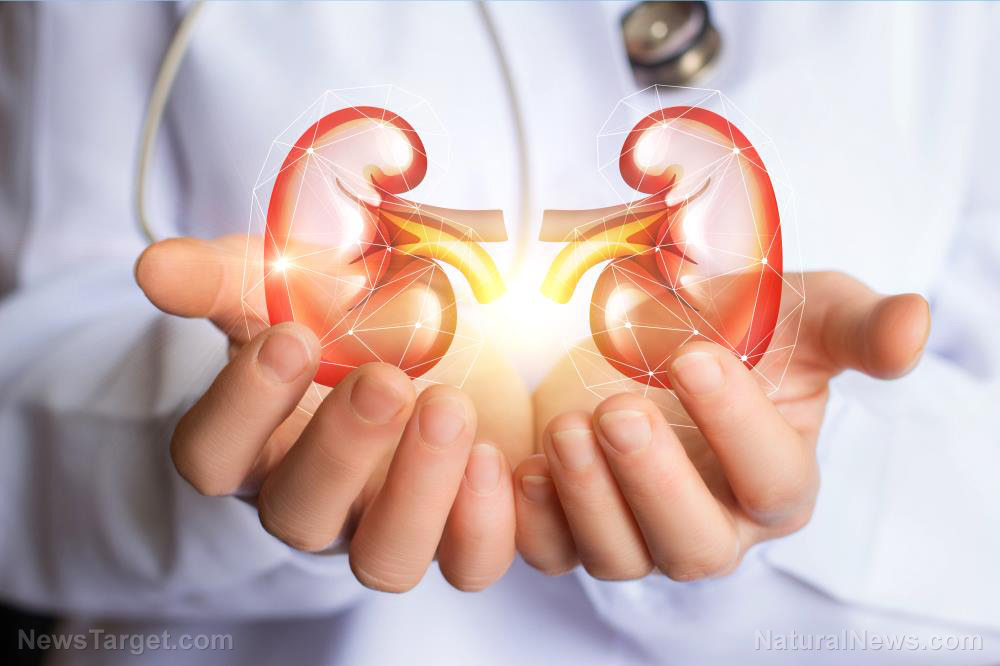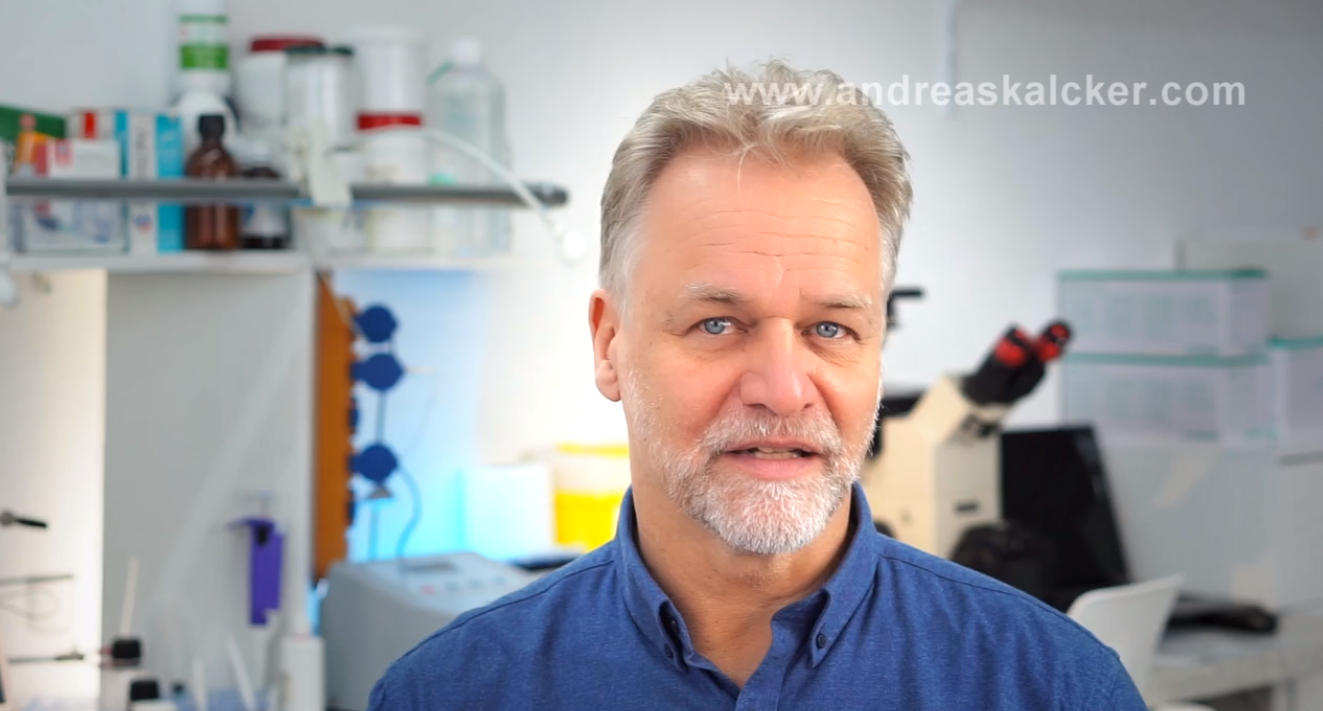Fitness and your circadian clock: Is a late-night jog better than an early morning walk?
11/21/2019 / By Melissa Smith

Many people go for a jog or walk early in the morning, but research suggests that it may be better to exercise in the evening. Two studies published in the journal Cell Metabolism confirmed that the circadian clock plays an important role in how the body responds to physical activity.
For both studies, the research teams looked at the link between the time of day and exercise performance in mice. To do this, the researchers first translated mouse timing to human timing, since the animals are nocturnal. They determined the active phase (morning) and resting phase (evening) of the mice instead of using numbers on the clock.
For the first study, researchers at Weizmann Institute of Science in Israel and the University Grenoble Alpes in France put mice on treadmills at various times of the day. They measured the physical exertion of the mice with different exercise intensities and routines.
Their results showed that the mice that went on the treadmill in the “evening” or toward the end of their active time exhibited about 50 percent improvement in exercise performance compared to the “morning” routine. Moreover, the researchers saw higher levels of a metabolite called ZMP in mice that ran in the evening. ZMP is known to increase the metabolic activity of tissues.
The researchers compared these findings in mice with 12 humans and found that the participants expended less energy when they exercised in the evening than in the morning, which meant better exercise efficiency.
For the second study, researchers at the University of California, the University of Copenhagen in Denmark, and Karolinska Institutet in Sweden looked at how the mice’s tissue changed during exercise. They analyzed the way sugar is metabolized and how fat is burned. To do so, they also put mice on treadmills.
The researchers discovered a protein called hypoxia-inducible factor 1-alpha (HIF-1a). This protein plays a role in how cells respond to oxygen levels in mammals. They found that during exercise, the body activated this protein in various ways and different times of the day.
In addition, they found that the HIF-1a levels decline depending on the time of day. In mice that exercised in the morning, their HIF-1a pathway was activated, which helped them exercise better.
While these findings are promising, both research teams noted that these may not be easily translated to humans because of some people are night owls, while others are early birds. (Related: Why you must reset your circadian clock to live a healthier, happier life.)
Circadian clock and circadian rhythms
Your circadian clock is linked to the light-dark cycle, or how many hours of day and night are there. This enables you to anticipate and prepare for precise and regular environmental changes such as when to eat and sleep.
These clock genes, which are found throughout the nervous system and peripheral organs, also play a role in DNA repair, fertility, and the effectiveness of medications. Therefore, if the body does not receive these signals, your circadian rhythm can be completely thrown off.
Circadian rhythms are physical, mental, and behavioral changes that follow a 24-hour cycle. They respond primarily to light and darkness in an organism’s environment and are driven by biological clocks.
Circadian rhythms can affect sleep-wake cycles, the release of hormones, eating habits and digestion, body temperature, and other essential bodily functions. Biological clocks that run fast or slow can result in disrupted or abnormal circadian rhythms, which have been associated with various health problems. These include bipolar disorder, depression, diabetes, obesity, seasonal affective disorder, and sleep disorders.
No matter the timing, exercise provides many health benefits when done regularly. Learn more at Slender.news.
Sources include:
Submit a correction >>
Tagged Under:
biological clock, circadian clock, circadian rhythms, energy expenditure, exercise, exercise metabolism, fitness, metabolism, prevention, research, slender
This article may contain statements that reflect the opinion of the author
RECENT NEWS & ARTICLES
COPYRIGHT © 2017 PREVENTION NEWS





















